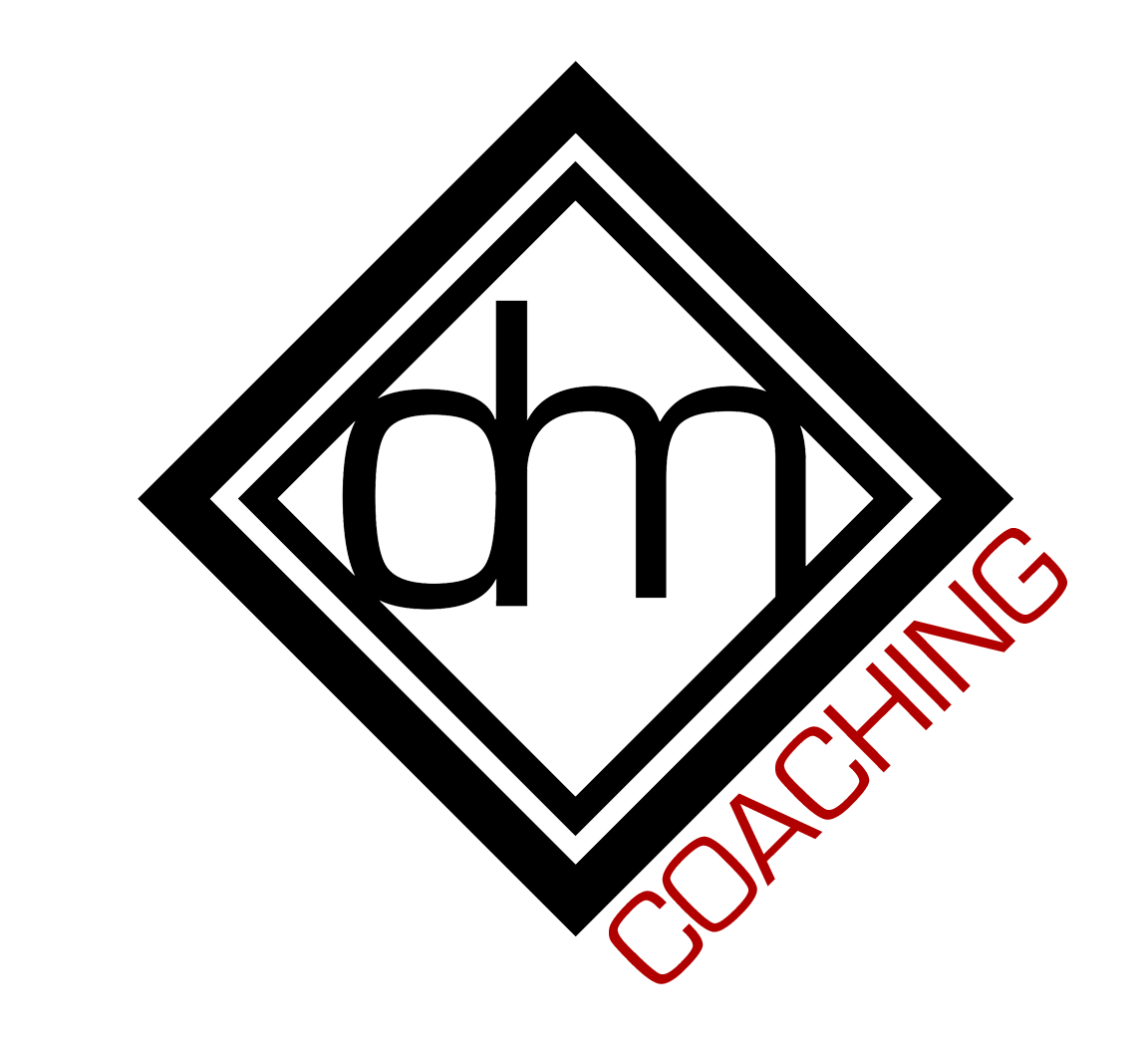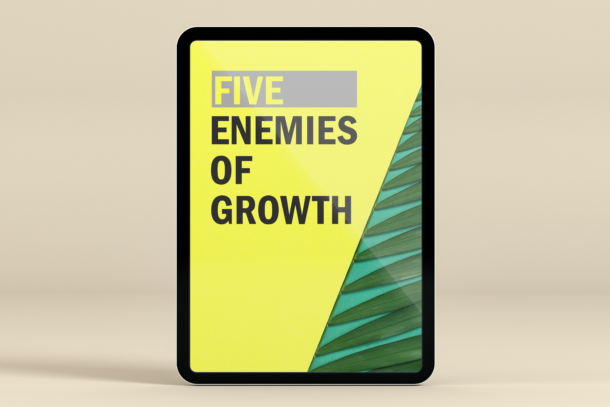Has the question, “What number are you?” been posed to you more frequently as of late? If you are a client of mine, you’ve probably already taken the DISC — a behavioral assessment tool used by a lot of leaders to better understand their strengths and weaknesses. You may have heard about Myers-Briggs, StrengthsFinder, and many other personality, behavior, and strengths assessments too. But there’s one that’s been gaining a lot of traction lately. It’s a concept that has been around for centuries but has most recently taken the Christian leadership world by storm. It’s called the enneagram.
Identified by the numbers — or “types” — one through nine, the enneagram is a personality test that looks at more than just behavior — it evaluates a person’s personality based on their motivations, fears, strengths, and pitfalls. Organizations like The Enneagram Institute also include helpful tips for growth and “health” in relation to your enneagram type. So what can you expect once you get your results? Each enneagram number has its own label. For example, The Enthusiast, The Loyalist, The Individualist, The Helper, etc. After taking the test, your identified type will come with a few key insights: Basic Fear, Basic Desire, and Key Motivations. You will also see different levels of developments within your number — from healthiest to the most unhealthy state. So, how do you use this information to better develop your leaderships? Well, the reason we put so much emphasis on assessments like the enneagram is because the best leaders are the most self-aware. They can look at themselves objectively, utilizing and building on their strengths, while also recognizing growth opportunities in their weaknesses. As a leader, you can use this assessment to:
The best leaders are the most self-aware. Click To Tweet
1. Identify what motivates you.
Whether it’s positive motivation or the fear that motivates the way you behave and think, understanding what you are drawn to and what you avoid can help you to think more critically about the way you lead.
2. Identify signs of being healthy and unhealthy.
One unique thing about the enneagram is how in-depth it goes on the “pits” of your personality type. Whether you’re more likely to be susceptible to addiction or depression, or you are likely to struggle with harsh self-criticism, the enneagram addresses what our numbers look like in states of stress and despair, as well as what we look like at our best. They can serve as helpful reminders of whether or not you’re functioning in a healthy or unhealthy way during critical times of your life.
3. Identify growth opportunities.
On The Enneagram Institute, each number comes with a list of growth areas. This gives you an objective look at how you may conduct yourself, and encouraging things to work on in everyday life.
4. Identify potential relationship dynamics with others.
One of the most fun things to do is learn what enneagram types others are so you can better understand how they function too. There’s a section on The Enneagram Institute that analyzes how your type interacts and works with other types too.
Fellow leader Michael Hyatt heavily endorsed the enneagram and an enneagram-related book, The Road Back to You. In his blog he said, “The Road Back to You is not a leadership book per se. But it’s the best leadership book I’ve read in a long time. And it can help anyone learn and employ the most powerful leadership tool I’ve ever used.”
I encourage you to take the enneagram and see where it takes you. There are some free resources: Like The Enneagram Institute and The Road Back to You podcast to help supplement you on your journey!
LIKE THIS POST?
Sign up to receive my posts via email and get a FREE copy of The Five Enemies of Growth!


